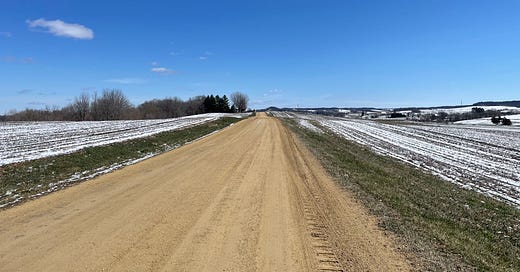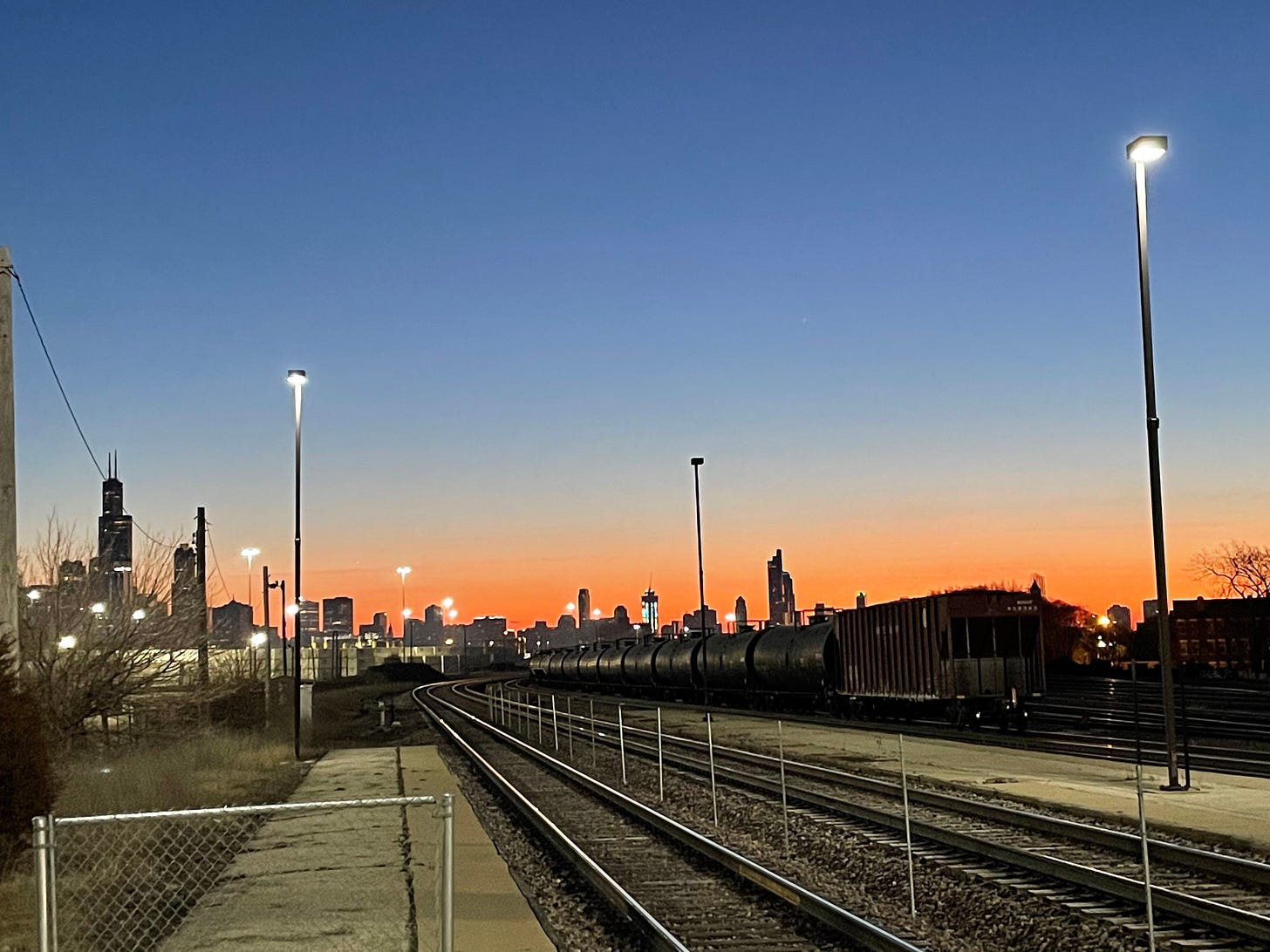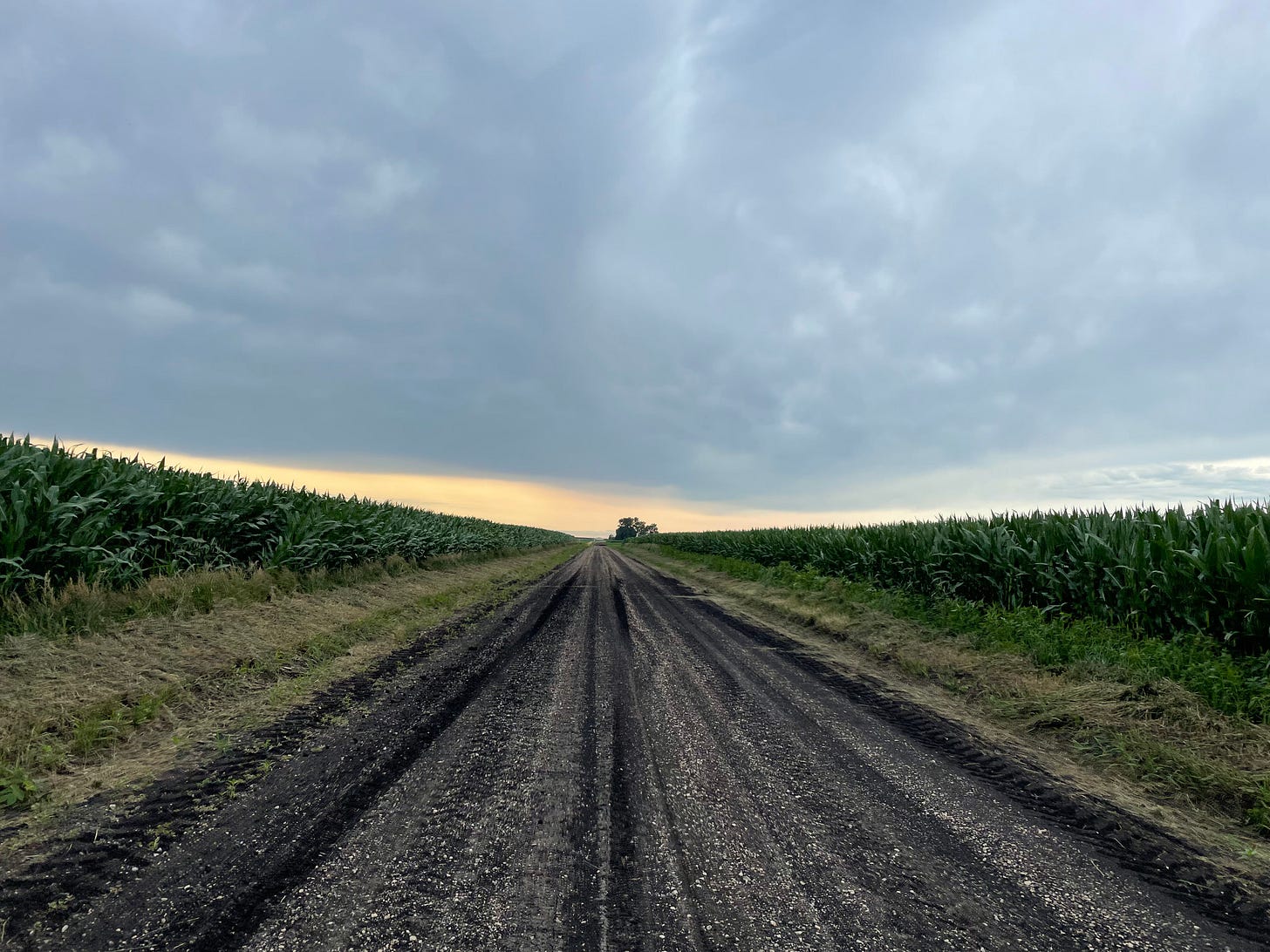Thank you so much to all of you who have subscribed and kept reading through this whole offseason series! It’s been a ton of fun to reflect on my training plans over the last few years as I plan and get into the heart of my 2024-2025 offseason. We’re wrapping up the series this week with a holistic look at my own offseason calendar, although if you have read everything to this point, you’ll have a pretty good idea of it already. As a reminder, here’s where we’ve been.
Part 5 – Offseason Calendar
Oh, and make sure you’re subscribed so you don’t miss anything to come! 2025 ride calendar, photos and reflections from rides and adventures, even a bit of analysis on ultra races around the world – it’s all coming!
The Month-by-Month Calendar
Before I ever go into week-by-week specifics, I like to have a general idea of where I want to go so that I can plan how to get there. That might look a little different this year compared to last, as I hope to do at least a couple outdoor rides even as early as January this year. The first two milestones, however, have been consistent for me for the last several years:
February – Start Bike Commuting Again
This one is very weather-dependent, but when both temperature and snow are manageable, I ride to and/or from my office the couple of days a week I need to go there. Usually I start finding days for this in February or early March. This is significant because it’s the easiest way for me to do longer base endurance rides – I struggle to go more than two hours at most on the indoor trainer, but commuting by bike takes around two and a half hours each way (because my office is quite a long ways from my home). Baking the base miles into my standard weekly schedule helps me stay consistent and get in more time on the bike.
April – The True Offseason Is Over
I’m not trying to be race-ready or anything by April; in fact, I’ll probably still spend all of April focusing on base endurance above anything else. But mid-April is usually when outdoor group rides resume in my city (notwithstanding the few that attempt to run year-round), and that tends to correspond with me ramping up bike intensity a bit while shifting my weightlifting goals from “build” to “maintain.”
All that means that through at least February I am fully focused on the offseason priorities as I’ve laid them out the last several weeks. From March through April, I’m still in my offseason, but I’ll start adding both base endurance volume as well as bike intensity, while perhaps pulling back a hair on at least the heavy gym work. And come May, the offseason is over – it’s time to really start ramping up performance.
The Week-by-Week Calendar
I like to make myself a calendar of my workout plan for a couple reasons.
First, it helps me track my consistency. I can color-code different events in my calendar, so I can make all my future workouts red, then tick them over to green and add notes if I need to once I’ve completed the workout.
Second, it helps me plan my workouts around the rest of my normal schedule, and it helps me ensure I get enough rest between my high-intensity weightlifting and bike sessions. For example, I can plan for my gym days to be every Monday and Thursday to give myself at least two days of rest or low-intensity work between each one. Or alternatively, during the winter last year I planned my gym days to correspond with days I was in my office, since going to the nearby gym right after work helped me avoid traffic (when I’m driving instead of bike commuting).
However, I find it to be very important to be flexible. The calendar is a self-motivation tool as much as it is a scheduling one. Did I meet up with a friend on an evening I was supposed to do an endurance ride? No problem. I’ll take that as a rest day and move the endurance ride to another day that week.
I also have a habit of intentionally overscheduling myself just a little. For me, it’s helpful to have the self-expectation that I’m going to work out, and even if I miss a day here or there, I can look back over the previous month and see a lot of green – and only a little red – in my calendar. For others, this might be discouraging. If that’s you, then be realistic about the number of days you can train each week – even pessimistic! Maybe it’s helpful to you to plan for three days a week and find some extra joy if you manage to do four.
All put together, my recurring weekly calendar looks something like this:
Monday
Mobility Morning
Gym Workout
Tuesday
Mobility Morning
Wednesday
Endurance Bike Ride
Thursday
Gym Workout
Friday
Mobility Morning
Saturday
Endurance Bike Ride OR Intensity Ride
Sunday
Low-intensity Cross-Training
With only my Mobility Morning routine, Tuesdays and Fridays are effectively rest days; if I want to add volume, I can add another endurance ride to one of those days. Saturdays and Sundays are somewhat variable, meaning I can tune up or down my training a little bit depending on how my body responds to the rest of the week as well as any other responsibilities that might have affected my training.
And with that, we have reached the end of this long journey through the hows, whens, and whys of offseason training. I encourage you to tinker with your plans and find what works for you. I’ll certainly be continuing to work on the best balance for myself and my goals.
Above all else, though, I want to return to what I said at the outset of this series, in the Philosophy newsletter: Training should not make you hate your bike. You may have to motivate yourself to do it, but in the end training should add to your enjoyment of your bicycle, not detract from it. I am not a professional bike racer, and chances are neither are you. This is a thing we do for ourselves.
Bikes are - and hopefully always will be - instruments of joy and adventure.







